Updated
Noticed that someone turned on an ACL between the WLC and CMX so the Hyperlocation data did not correctly come through for this test. Updated the data below
I previously wrote about Traditional RTLS vs Cisco’s Hyperlocation in the real world for a walled office. This post is to put to the test the same but inside a mostly open planned office. Cisco’s Hyperlocation Deployment Guide states:
A general rule of thumb is to have 3 or 4 access points that are within line of sight of the device at a distance of less than 70 feet
So theoretically we should see a huge improvement of Hyperlocation vs the RTLS in the open planned environment as the APs will have line of sight. Further I expect to see improvements of the accuracy overall vs the walled office because of this.
Caveat: The access points being used in this test are part of a non production network, and the floor also has a production wireless running on it. For this test I was not able to gain permission to turn the production network off, or migrate these APs to production and turn the existing production APs off. No RF tuning has been done to try and increase the accuracy either.
I marked out on a map a number of locations to take location accuracy tests from:

Same as before I used Cisco’s CMX product to perform the accuracy tests.
RTLS Results:
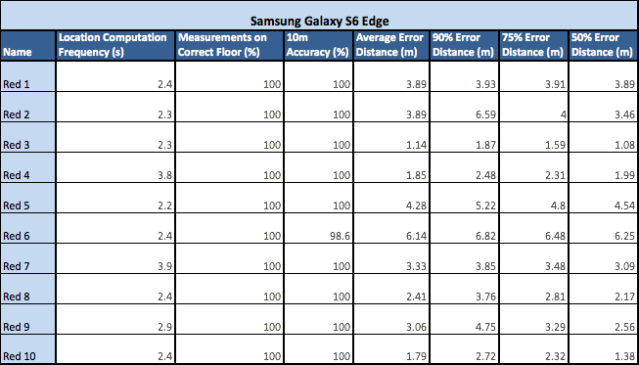
Hyperlocation Results:
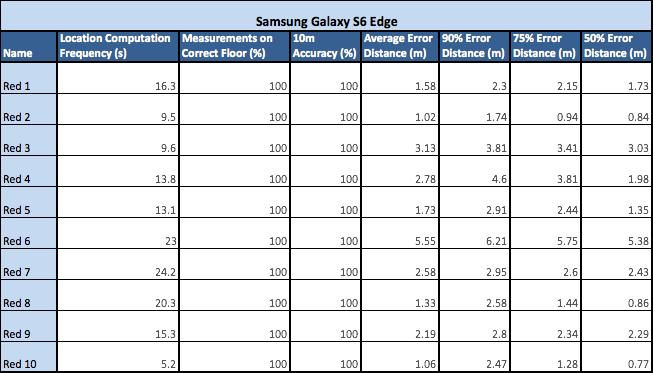
Differences:

Conclusion:
Even with Hyperlocation now working correctly the results show that even in an open planned office with an associated client that hyperlocation is only returning results of about 0.5-2.5m more accuracy. If getting accuracy down to <4m is your goal then hyperlocation may be able to add some value but it would come down to what the business case is around the reason for the greater accuracy. It is also extremely possible that via tuning the wireless you will be able to increase the accuracy for RTLS and Hyperlocation further. If getting down to 1m accuracy is required you might need to look at other solutions such as BLE.
Next Steps:
Next I plan on upgrading the WLC supporting these access points to 8.5 and seeing if there is a difference in the accuracy. Following that I will replace them with 3802i model access points and see if how they compare.
Update:
As requested please find the AP placement for this building:
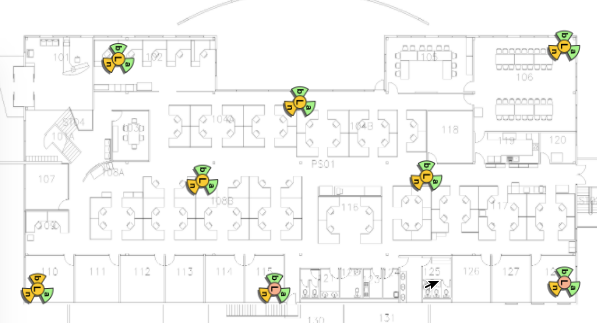

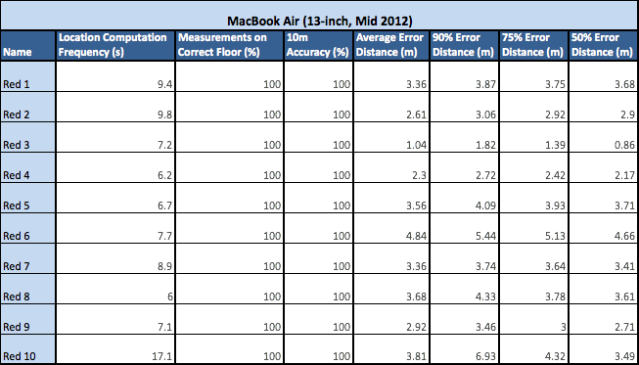
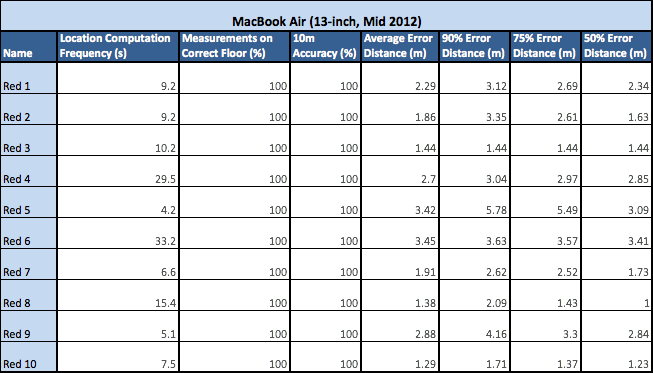

Hey Hayden, your ongoing HALO test project sounds cool. Do you also have a diagram with your APs on the Floor which were part of your scenario?
Thank you for sharing your experience!
LikeLike
Hi Evelyn,
Sorry new I forgot one thing.
I’ll put them up tomorrow.
Cheers
Haydn
LikeLike
@Ev Just updated the post with the design.
LikeLike
Thank you Haydn for updating the post.
You’ve never really gotten the HALO values at all when looking at the CDF of 75%. Not even on Red5 where someone would certainly expect it!
Have you looked at the detailed logs of CMX to see if the computation was really based on the AoA?
LikeLike
Yes were receiving the AoA in the debugs.
Just found out someone turned on an ACL between testing for building 1 and this building, so redoing the tests and will update the post probably tomorrow when I get all the points done
LikeLike
Interestingly on the first points results are much better, but if you have inssider / wifi explorer on when doing the tests, the results are nearly the same.
LikeLike
I have updated this post to include the new round of testing.
LikeLike
Hi Haydn,
Did you also test with FastLocate enabled.
This should use data packet rssi along with probe rssi.
Traditionally you’ll need a WSM, but for Hyperlocation you already have the ASM module which features this as well.
More data for/from a client, perhaps get you better results as well. (altough it degrades the MSE performance by a factor 5, 25000 client limit, will then be 5000).
Kind regards
LikeLike
Thanks for your post, very interesting. We have looked at Hyperlocation and CMX – promises allot in terms of accuracy of 1m to 3m but never seems to get there. In one deployment I know of it defaults to RSSI and accuracy goes out the window. Having 4 APs all in line of sight to cover one area is expensive. What did you find when it came to the speed of location position update?
LikeLike
Didn’t really test the speed of location as that wasn’t the focus that the customer was trying to achieve, they were more concerned in accuracy.
LikeLike